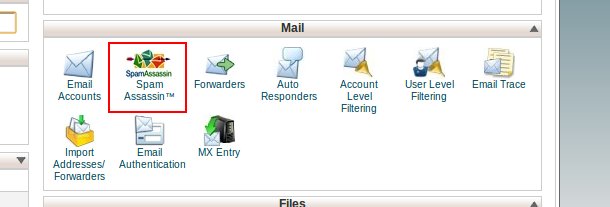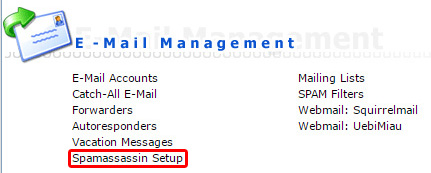

Then use the postmap command to create a database:Īdd the following code before the first permit rule in main.cf: Manually blacklisting incoming emails by sender address can easily be done with Postfix.Ĭreate and open /etc/postfix/blacklist_incoming file and append sender email REJECT Tips and tricks Blacklist incoming emails The rationale surrounding the $smtpd_*_restrictions lines is the same as above. o smtpd_relay_restrictions=permit_sasl_authenticated,reject etc/postfix/master.cf submissions inet n - n - smtpd To enable SMTPS (port 465), uncomment the following lines in master.cf: If you do decide to set any of $mua_*_restrictions, uncomment those lines too. The smtpd_*_restrictions options remain commented because $mua_*_restrictions are not defined in main.cf by default. o smtpd_recipient_restrictions=permit_sasl_authenticated,reject # -o smtpd_sender_restrictions=$mua_sender_restrictions # -o smtpd_helo_restrictions=$mua_helo_restrictions # -o smtpd_client_restrictions=$mua_client_restrictions etc/postfix/master.cf submission inet n - n - smtpd To enable STARTTLS over SMTP (port 587), uncomment the following lines in master.cf: The latter was previously deprecated but was reinstated by RFC:8314. STARTTLS over SMTP (port 587) and SMTPS (port 465). There are two ways to accept secure mail. etc/postfix/main.cf smtpd_tls_security_level = may Point Postfix to your TLS certificates by adding the following lines to main.cf: For more information see Server-side TLS.īy default, Postfix will not accept secure mail. Since mid-2015, the default settings have been safe against POODLE. Warning: If you deploy TLS, be sure to follow 's guide to prevent FREAK/Logjam. To see how you differ from the defaults, try postconf -n. To see all of your configs, type postconf. It should output anything that you might have done wrong in a configuration file.
#SMTP SPAMASSASSIN HOW TO#
See Virtual user mail system with Postfix, Dovecot and Roundcube for a comprehensive guide how to set it up. Virtual mail is mail that does not map to a user account ( /etc/passwd). After setting up the above configuration file, you may wish to set up some #Aliases and then #Start Postfix. Mydestination = $myhostname, localhost.$mydomain, localhostĭefault_transport = error: outside mail is not deliverableĪll other settings may remain unchanged. Uncomment, change, or add the following lines:
#SMTP SPAMASSASSIN UPDATE#
To only deliver mail to local system users (that are in /etc/passwd) update /etc/postfix/main.cf to reflect the following configuration. Specify the user to whom root mail should be forwarded, e.g. Tip: Alternatively you can create the file ~/.forward, e.g. Once you have finished editing /etc/postfix/aliases you must run the postalias command: Uncomment the following line, and change you to a real account. You should map all mail addressed to root to another account since it is not a good idea to read mail as root. You can specify aliases (also known as forwarders) in /etc/postfix/aliases.

There are instructions for setting up local system user-only delivery and a link to a guide for virtual user delivery. The goal of this article is to setup Postfix and explain what the basic configuration files do. Thus, the outside has a sendmail-ish flavor, but the inside is completely different. Postfix is a mail transfer agent that according to its website:Īttempts to be fast, easy to administer, and secure, while at the same time being sendmail compatible enough to not upset existing users.


 0 kommentar(er)
0 kommentar(er)
